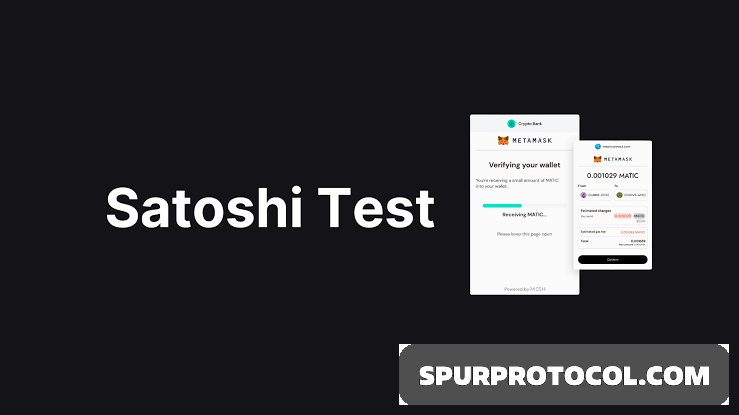How Satoshi Test Works?
Step by step of satoshi test and how it help
Go Back

🕒 8:21 AM
📅 May 18, 2025
✍️ By Ecojames
What is a Satoshi Test?
- A Satoshi Test is a method used to verify the ownership of a wallet address in your self-hosted wallet.
- It involves sending a small amount of cryptocurrency, often called "test coins" or "Satoshis" from a withdrawal address to a virtual asset service provider.
This proves that the wallet owner has control over the wallet.
How Does the Satoshi Test Work?
1. Initiating the Test
When a user requests a withdrawal or deposit involving a self-hosted or private wallet, the platform (such as a VASP) prompts the user to participate in the Satoshi Test.
2. Sending the Test Amount
The user is required to send a small, random amount of cryptocurrency to a specified address provided by the service provider. This test amount, which is usually in satoshi ,serves as proof of wallet ownership.
3. Verification Prompt
Once the transaction is initiated, the user is required to provide proof of the test transaction within a specified timeframe. This is often done by submitting a transaction ID or confirmation code from the network.
4. Validation
The service provider or VASP checks the blockchain to verify that the correct amount was sent from the wallet in question to the specified address.
5. Completion
Once the test transaction is verified, the user’s ownership of the wallet is confirmed, allowing the withdrawal, deposit, or other transactions to proceed.
Why the Satoshi Test Matters
The Satoshi Test significantly improves user experience by:
1. Reducing friction: Simplifies the process of verifying recipient wallets.
2. Enhancing security: Ensures users are sending crypto to the correct wallet address.
3. Faster transactions: Once an address is verified, it’s much faster and easier for users to make new transfers.
4. Improving compliance: Helps Binance and its users stay aligned with regulatory requirements and expectations.

